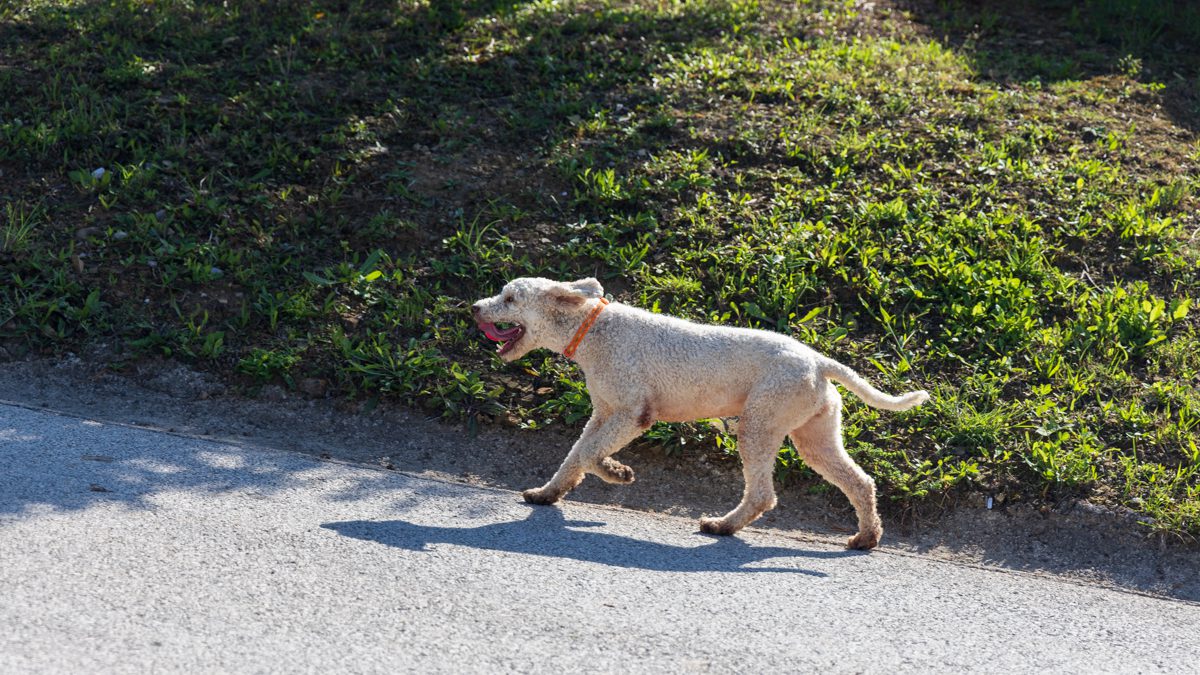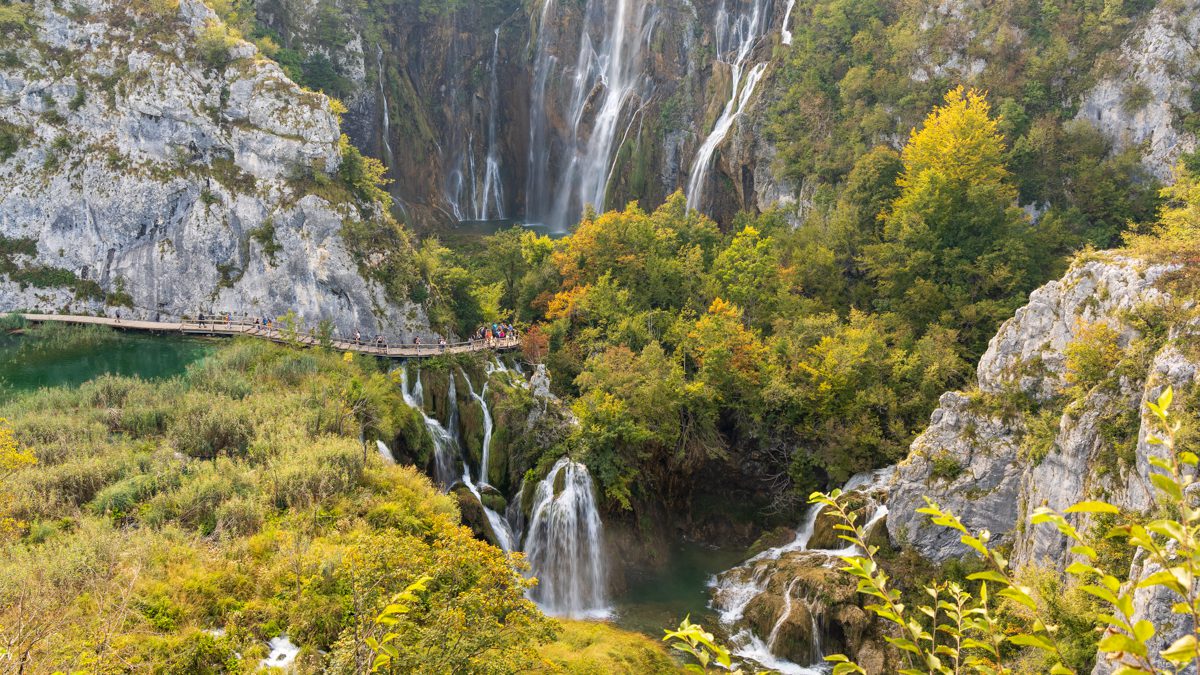
PLITVICE NATIONAL PARK
It is a fairytale kind of place. Plitvice National Park is famous for its beautiful lakes that come in different shades of blue, green, and gray. There are 16 lakes connected by rivers and streams. The lakes are formed by natural dams made of travertine, which grows slowly each year thanks to tiny plants and bacteria. The lakes are split into two main groups – upper and lower. They flow down the mountain for about 5 miles, dropping in height as they go. While the lakes aren’t very big individually, together they cover quite an area.
The water from the last lake becomes the Korana River. The park has some amazing waterfalls too. The biggest one, Veliki slap, is about 256 feet tall.
Another impressive waterfall, Galovacki buk, is in the upper group and is about 82 feet high.
We had an early morning start taking a boat ride and hiking the magnificent Lower Lakes Trail. It was breathtaking and peaceful, and allowed us to start our drive towards the most Italian of Croatian cities, Rovinj in the afternoon.
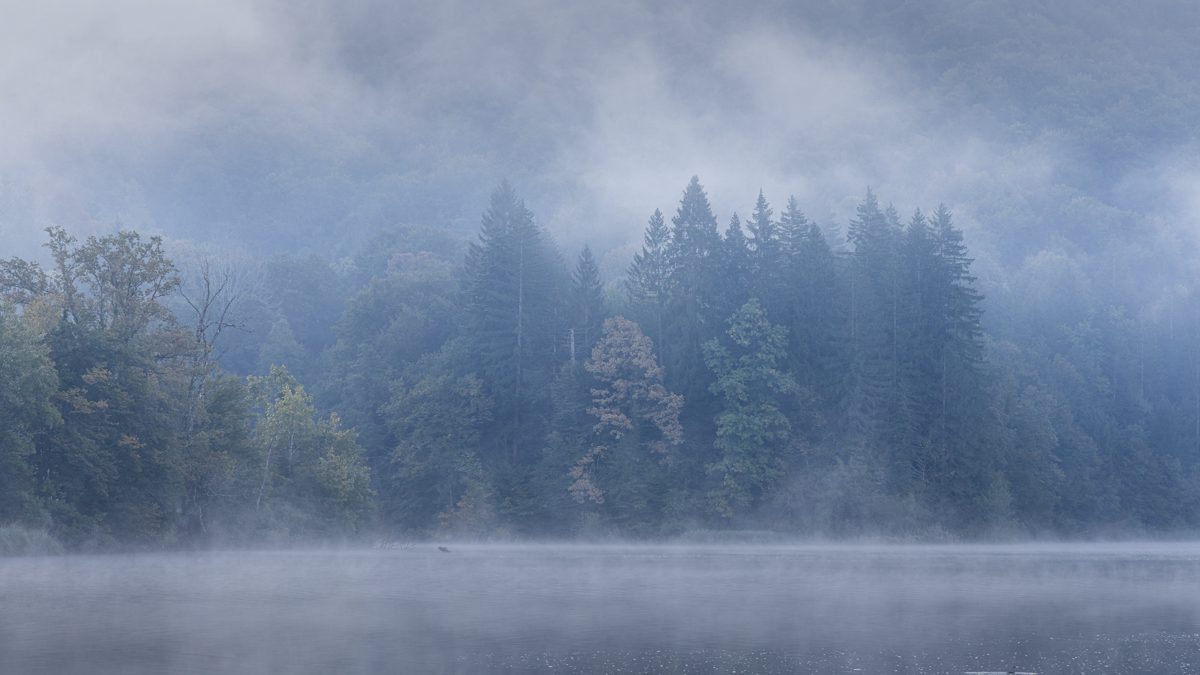
ROVINJ AND THE HILLTOWNS OF ISTRIA
Istria is the largest peninsula in the Adriatic Sea, located in the northwestern part of Croatia.
It is easy to get your head spin by highlighting major events in Istria’s history. Ancient tribes settled here first. Greeks explored its coasts. Romans conquered and developed the region. After Rome fell, Byzantines took control. Slavic tribes arrived in the 7th century. Venice ruled much of Istria for centuries. Then Napoleon briefly controlled it, and Austro-Hungarian empire governed next. Italy annexed Istria after World War I. Yugoslavia took over after World War II. Croatia gained most of Istria after Yugoslavia broke up. Today, Istria is shared by Croatia, Slovenia, and Italy.
Istria always had a large Italian population who traced their origins to the Roman conquest in 178-177 BC. After World War I and the collapse of Austro-Hungarian Empire, Italy annexed Istria. The 1920 Treaty of Rapallo officially incorporated Istria into Italy. The 1936 Italian census recorded about 230,000 Italian speakers in the region. However the end of the World War and Istria’s takeover by Yugoslavia started what is known as the Istrian-Dalmatian exodus. It was caused by ethnic tensions, fear of reprisals from the Yugoslavian communist and also the cultural pressure. Lately the situation seems to be changing, Italian language schools are being reopened and the Italian heritage seems to be coming back in many ways – Italian songs are sung again in streets of Rovinj and you can see sign in both Croatian and Italian.
Istria boasts some beautiful Venetian, Roman and Austrian architecture. We chose its most Italian and most romantic city – Rovinj – as our base.
Those interested in the Italian Exodus can read a very touching personal story:
https://italysegreta.com/words-divide-words-unite-the-istrian-exodus/
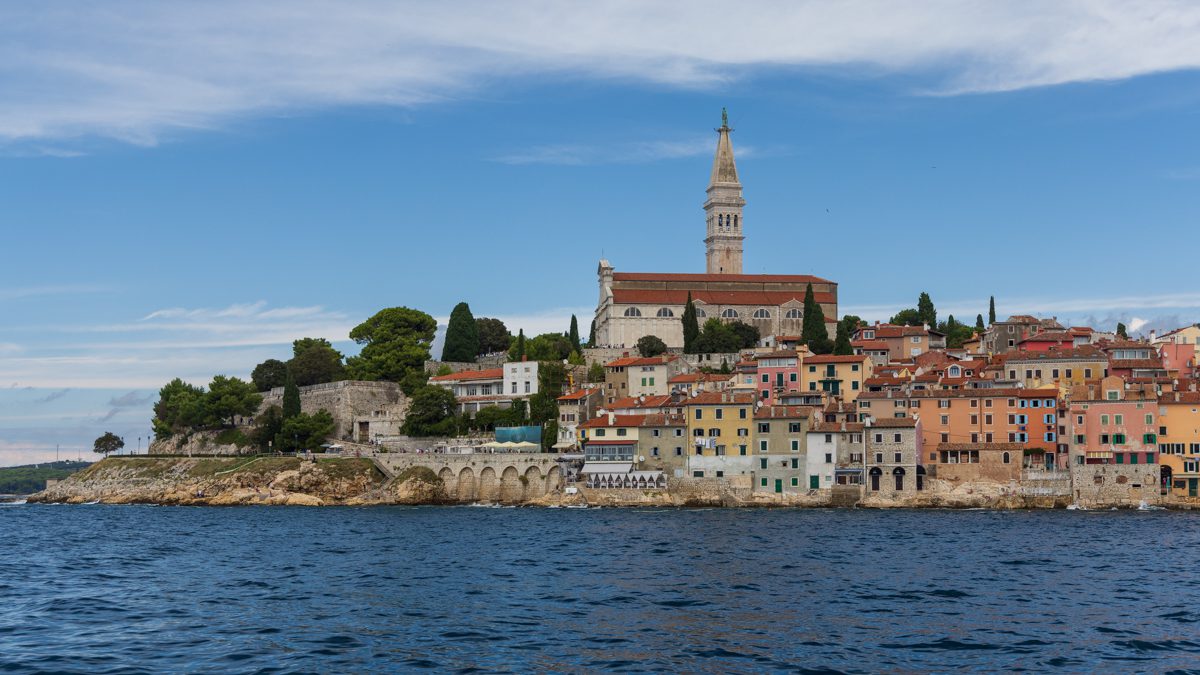
ROVINJ
Rovinj, often called “Little Venice,” is widely regarded as one of Croatia’s most romantic destinations. Its charming old town standing on a former island boasts narrow winding streets, colorful buildings and a delightful waterfront providing a backdrop for some of the most beautiful sunsets. It immediately captivates you with its picturesque setting and enchanting atmosphere.
The church’s history is intertwined with the legend of St. Euphemia, whose relics allegedly arrived in Rovinj miraculously in the year 800. The marble sarcophagus in the legend of St. Euphemia is central to Rovinj’s cultural and religious identity. According to the tale, it miraculously appeared off the coast in 800 AD, containing the saint’s relics, and its arrival led to St. Euphemia becoming the town’s patron saint. The sarcophagus is kept behind the altar, and the church had been named after her.
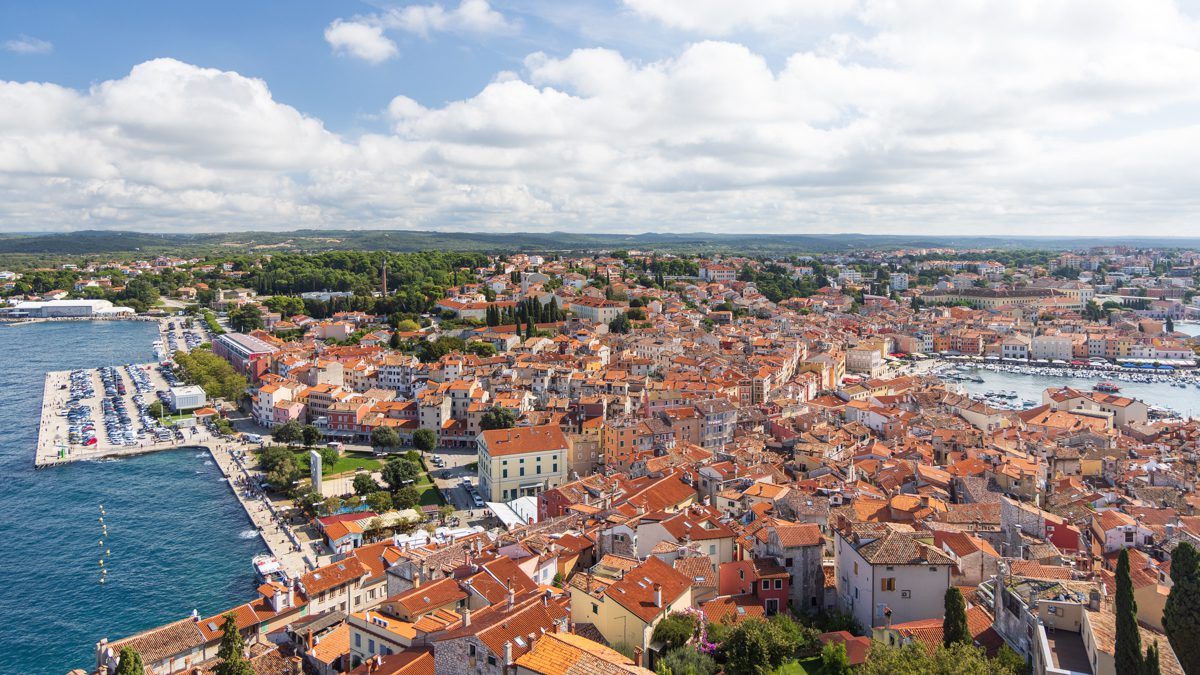
Rovinj is not as touristy as other Croatian cities. It is full of simple pleasures like walking the streets of its labyrinthine old town, people watching, admiring its colorful markets, enjoying some of the freshest Adriatic seafood and savoring gorgeous sunsets sitting on the rocks at the Valentino bar.
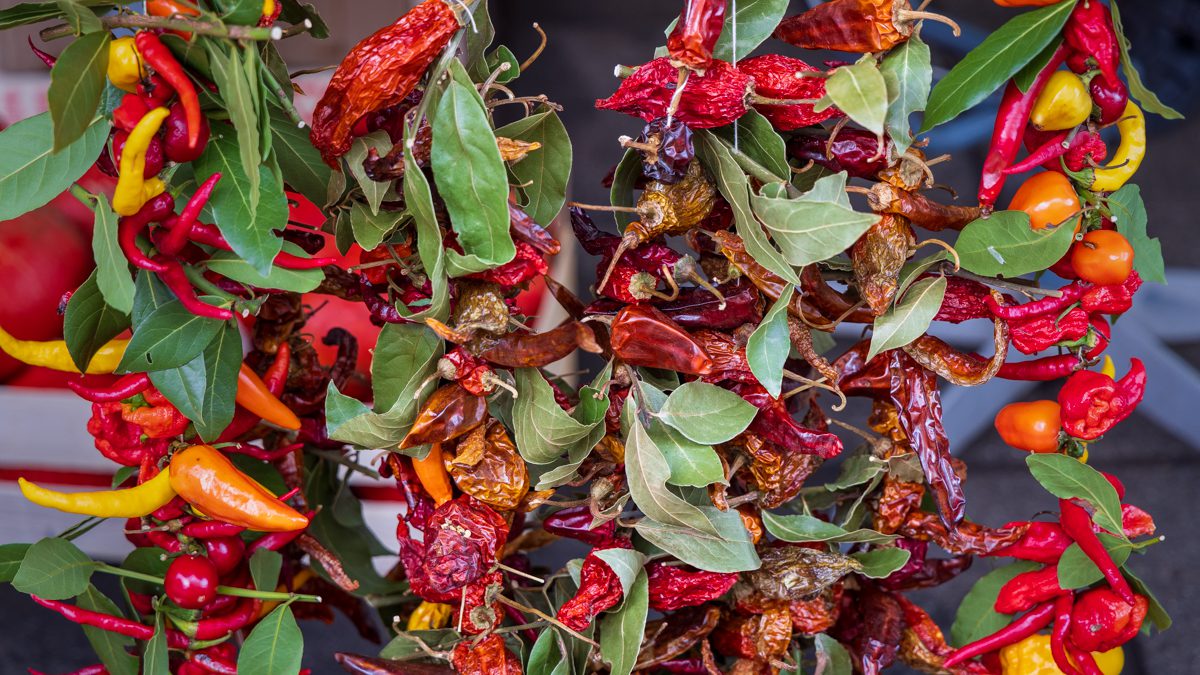
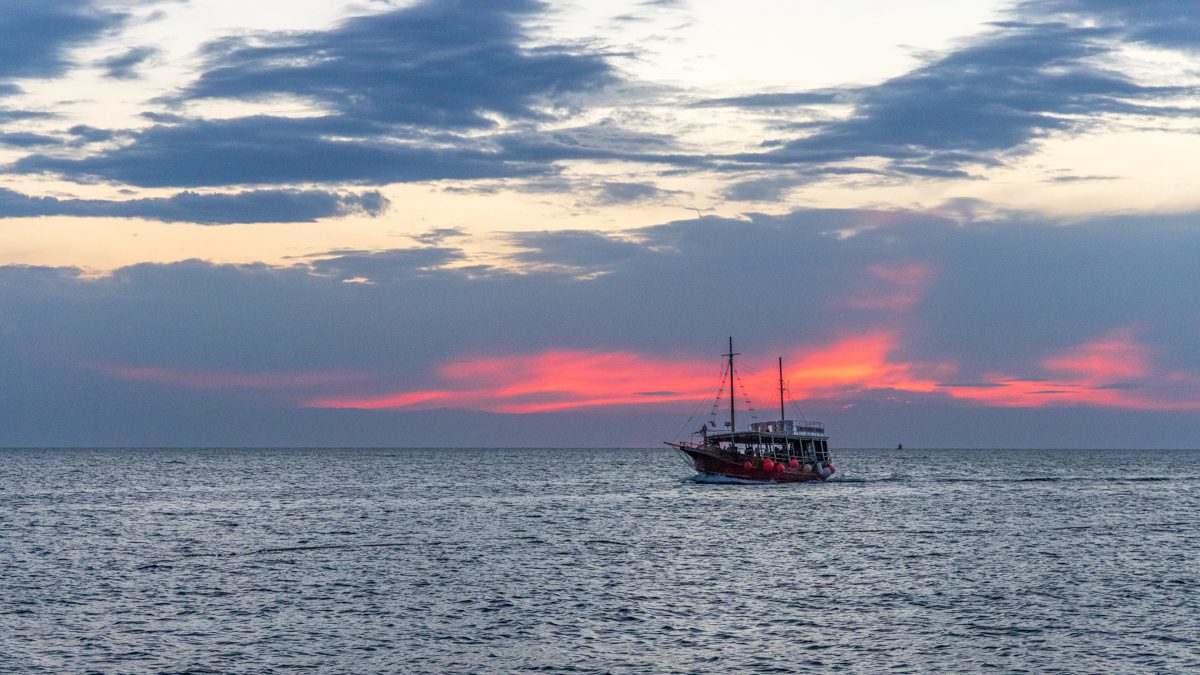
Watching that last sunset in Rovinj made me think of Goethe’s Faust and its famous line: “ If ever I to the moment shall say: “Beautiful moment, do not pass away!”
Our final adventure was going on a truffle hunting tour in a tiny hilltop Istrian village with Karlic company. We had an opportunity to find some truffles in the nearby forest and sample a multi-course meal afterwards. They use Italian water dogs (Lagotto Romagnolo) and those are recognized as the best truffle hunting dogs. Training takes two years, and they are the only dogs that hunt for both black and white truffles. Karlic is one of the most reputable companies in Istria and beyond with a tradition of over 50 years.
